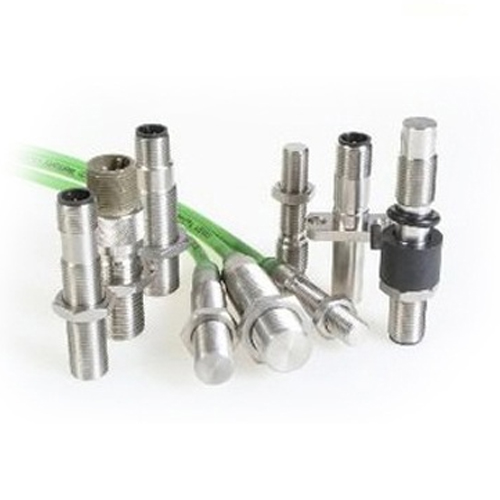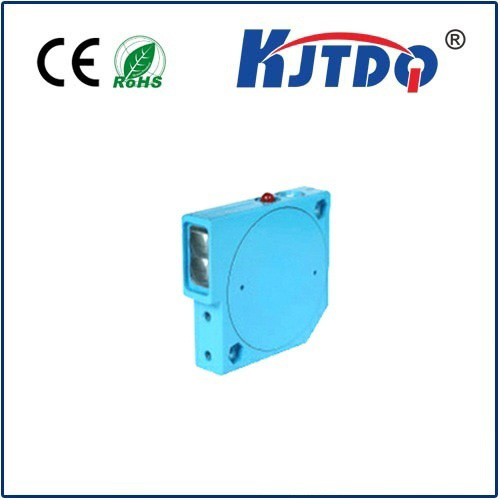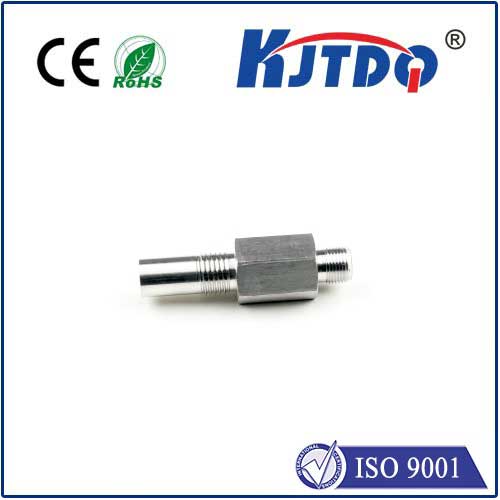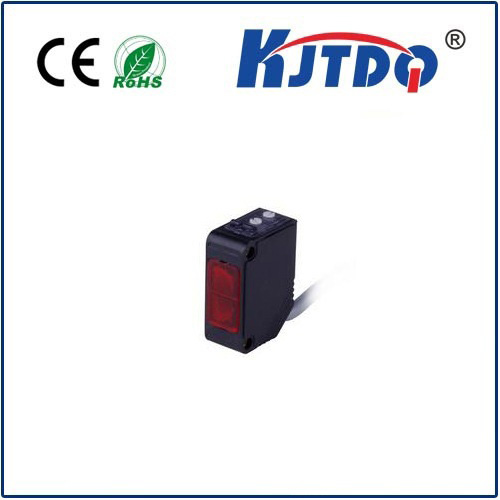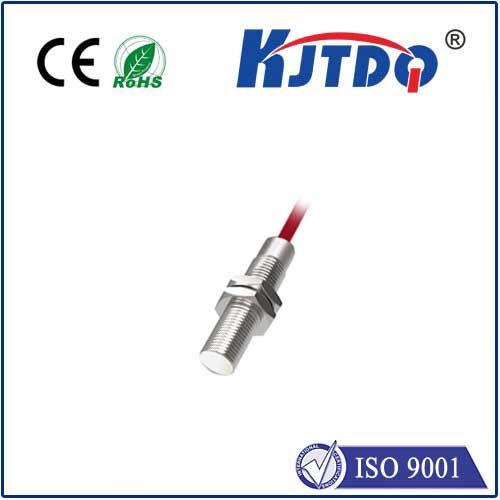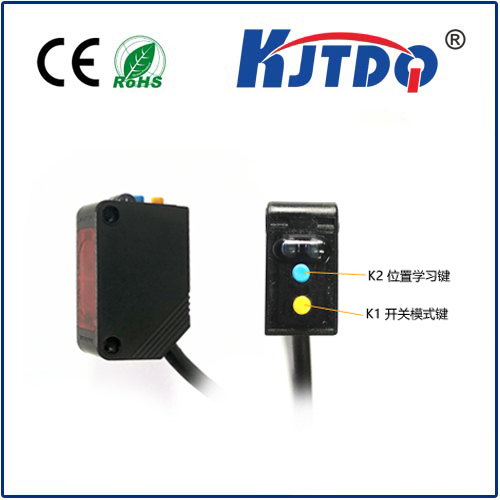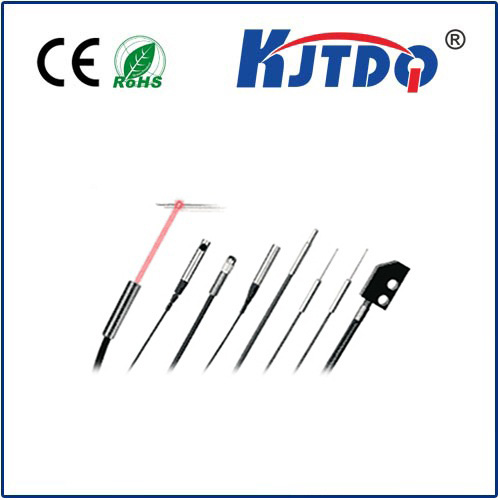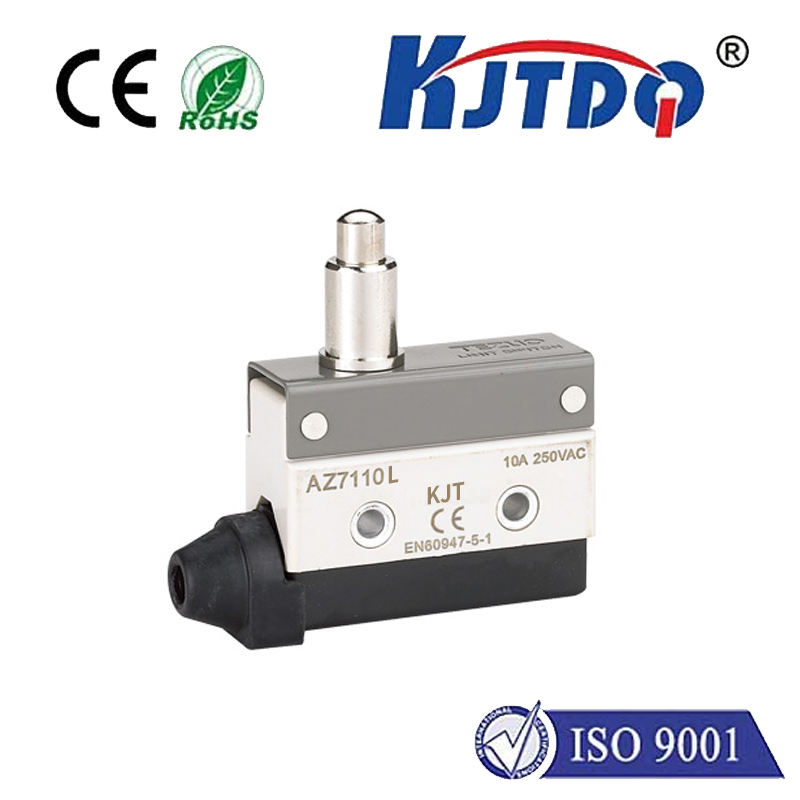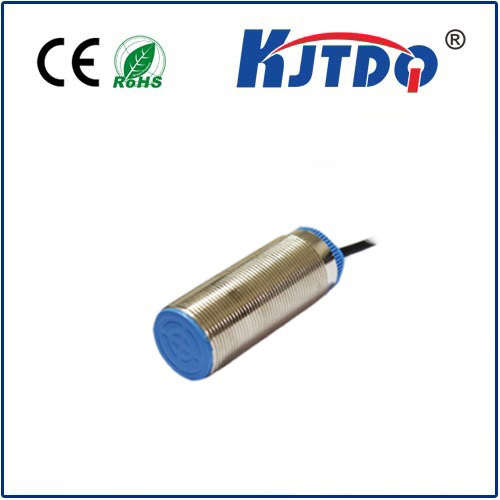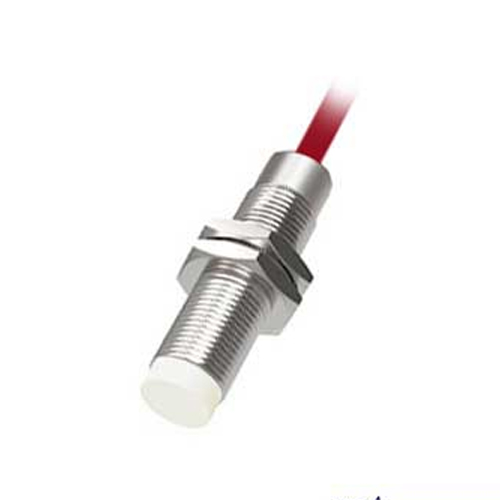
Проверка

Проверка

Проверка

Проверка

Проверка

Проверка
Hall Effect Speed Sensors: The Invisible Force Behind Precision Motion Control In an era where automation and smart technology dominate, have you ever wondered how your car’s anti-lock braking system detects wheel speed in real time or how industrial robots achieve flawless synchronization? The answer often lies in a small but mighty component: the Hall effect speed sensor. This unassuming device has become a cornerstone of modern engineering, enabling everything from electric vehicles to aerospace systems to operate with unparalleled accuracy. Let’s explore how this technology works, where it’s used, and why it’s revolutionizing industries worldwide.
At its core, the Hall effect speed sensor relies on a principle discovered by physicist Edwin Hall in 1879. When a current-carrying conductor is exposed to a perpendicular magnetic field, a voltage—termed the Hall voltage—is generated across the conductor. This phenomenon forms the basis of Hall effect sensing. In practical applications, the sensor consists of a Hall element, a magnet, and signal-conditioning circuitry. When a ferromagnetic target (like a gear tooth or rotating disk) passes near the sensor, it disrupts the magnetic field. This disturbance alters the Hall voltage, which the circuitry converts into a digital or analog signal proportional to the target’s speed or position. Unlike mechanical sensors, this contactless operation eliminates wear and tear, ensuring longevity and reliability.

1. Automotive Systems From ABS and traction control to transmission monitoring, Hall effect sensors are indispensable in vehicles. For instance, they measure wheel speed to prevent skidding during sudden braking and monitor crankshaft position for optimal engine timing. Electric vehicles (EVs) rely on these sensors to track motor RPM, ensuring efficient power delivery and regenerative braking. 2. Промышленная автоматизация In manufacturing, Hall effect sensors enable precise speed control in conveyor belts, robotic arms, and CNC machines. Their ability to function in harsh environments—exposed to dust, moisture, or extreme temperatures—makes them ideal for heavy machinery. 3. Consumer Electronics Ever noticed how your laptop lid wakes the screen when opened? A miniature Hall effect sensor detects the magnet embedded in the lid, triggering the wake-up sequence. Similarly, drones use these sensors to stabilize rotor speed, ensuring smooth flight. 4. Aerospace and Defense In aircraft, Hall effect sensors monitor turbine speed and landing gear deployment. Their fail-safe operation is critical in systems where mechanical failure could have catastrophic consequences.
Why has the Hall effect sensor outpaced alternatives like optical encoders or inductive sensors? Let’s break down its competitive edge:
While Hall effect sensors excel in many areas, they aren’t without limitations. Strong external magnetic fields can interfere with readings, and extreme temperatures may affect sensitivity. However, advancements like active shielding and temperature-compensated ICs are mitigating these issues. Recent breakthroughs include 3D Hall sensors, which detect magnetic fields in multiple axes. This innovation is paving the way for smarter robotics and augmented reality devices that require spatial awareness. Additionally, the integration of AI algorithms allows sensors to self-calibrate, adapting to environmental changes in real time.
As industries push toward electrification and IoT connectivity, the demand for robust, high-precision sensors will soar. Hall effect technology is evolving to meet these needs:
From your smartphone’s flip cover to Mars rovers navigating alien terrain, Hall effect speed sensors silently power the technologies we often take for granted. As innovation accelerates, these devices will continue to shape a world where precision and reliability are non-negotiable. Whether in tomorrow’s self-driving cars or next-generation renewable energy systems, one thing is certain: the Hall effect isn’t just a scientific curiosity—it’s a foundation of progress.
